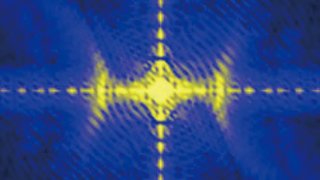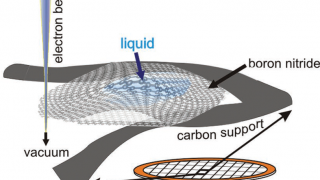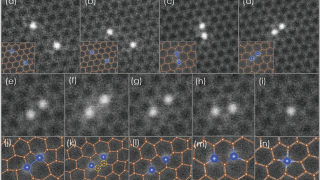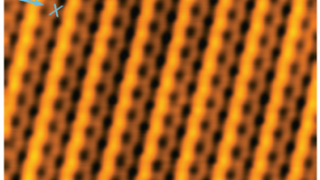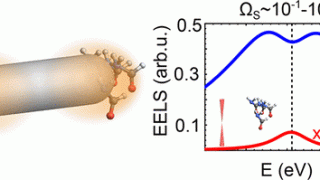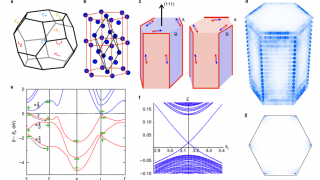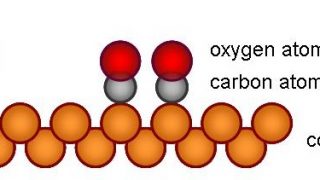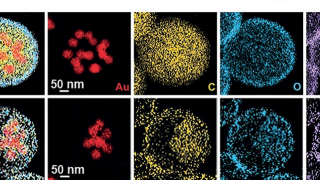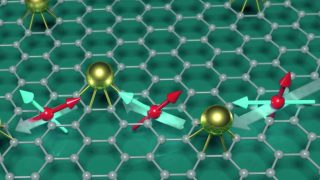
Unlocking graphene’s spintronic potential through spin-valley coupling
Condensed matter • Materials • Nanotechnology • Quantum physics
Few materials have drawn as much attention as graphene, it fascinating attributes such as one-atom thickness and relativistic electrons, and its technological properties like transparency, large mechanical strength, and ultra-high electron’s mobility, position it as one of the more promising materials in the present. Recently, simultaneous experimental and theoretical studies have confirmed that combining graphene […]
